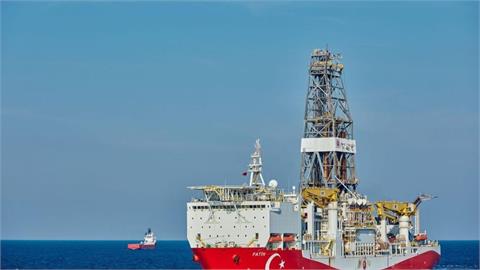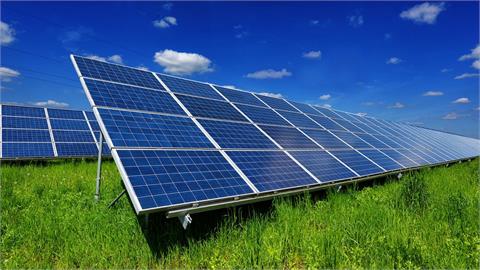China has overtaken the EU in installed wind energy capacity over the course of 2015, warned the European Wind Energy Association on Wednesday, February 10.
China installed three times the wind power installed by the EU to reach 145 GW total capacity compared to the EU’s 142 GW, the advocacy group warned.
The wind energy advocacy group warned that a long term strategy was required for Europe to continue to lead the technological renewables race. Giles Dickson, Chief Executive Officer of the European Wind Energy Association (EWEA), was more worried of the policy commitment to renewables this trend indicates.
"China’s ambition on wind now far exceeds Europe’s. Other emerging economies have also made big long term commitments. But today only 6 out of 28 EU Member States have clear commitments and policies for renewables beyond 2020. This has major industrial policy implications. Today Europe’s wind industry has a 40% share of the global wind market and the best technology. But to stay cost-competitive we need a strong domestic market. Otherwise it’ll be China and others that capture the rapidly growing global market – and eventually outperform us in Europe,” Giles said.
Although the European Council agreed on a 27% share of renewables in the EU energy mix by 2030, this does not specify the share of wind energy. The December 2015 COP21 commitment in Paris potentially emboldens this commitment and the agreement incentivizes public and private stakeholders to invest in the industry. The European Commission’s post-2020 Renewable Energy Directive will in this sense set the pace and frame the direction of the industry.
The wind energy industry is joining other renewables energy advocates to ask for stringent monitoring of the action plan, a stable and effectively predictable regulatory environment, and the optimization of cross-border markets, which crucial for suppliers that cannot produce on demand.
Key for emerging energy technologies, including wind power, is the so-called point of grid parity. "Grid parity” describes the point in time at which a technology produces electricity for the same cost to ratepayers as traditional technologies. Many national grids have been burdened with exorbitant premium charges on electricity production, as government sought to boost national production thereby creating jobs and boosting investment. But, the lower cost of fossil fuel energy over the last year is putting unprecedented pressure on renewable energy industries.
According to market specialists, solar energy leads the race towards grid parity, ahead on wind, in markets such as the U.S, Germany, Spain, and Italy. The Pöyry multinational consultancy group projected in 2014 that most large-scale wind and solar deployment in Europe will require subsidies for 20 years before it reaches grid parity. To make renewables more attractive, some policy advisors are suggesting tax breaks that will affect bills charged to households. Wholesale prices are affected by a variety of factors that can be affected by long term policy.
http://neurope.eu/article/eu-loses-wind-energy-lead-over-china/


